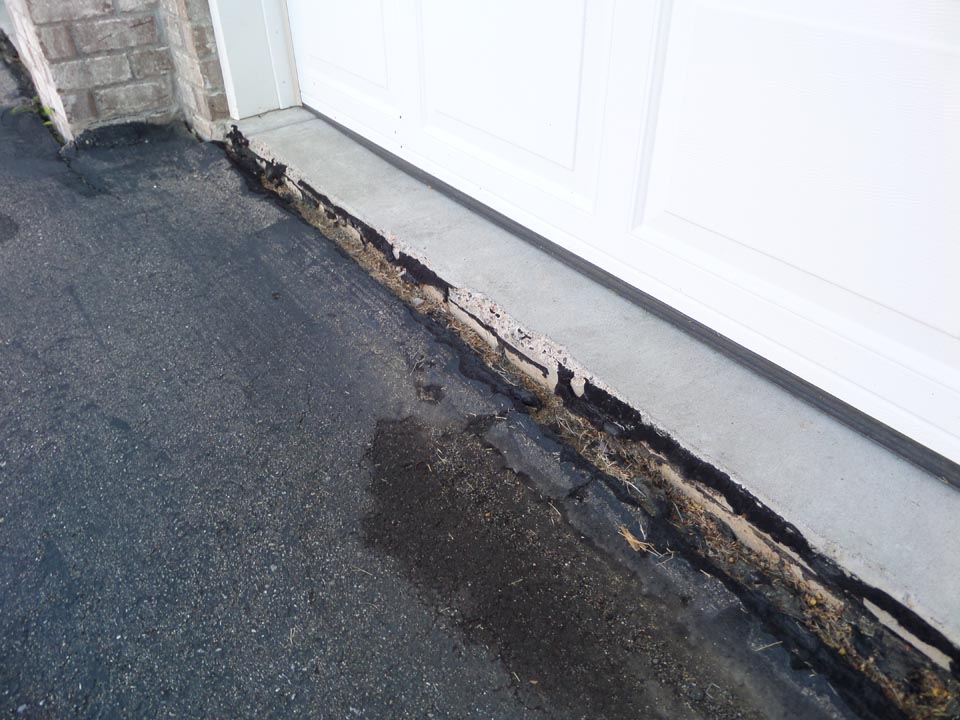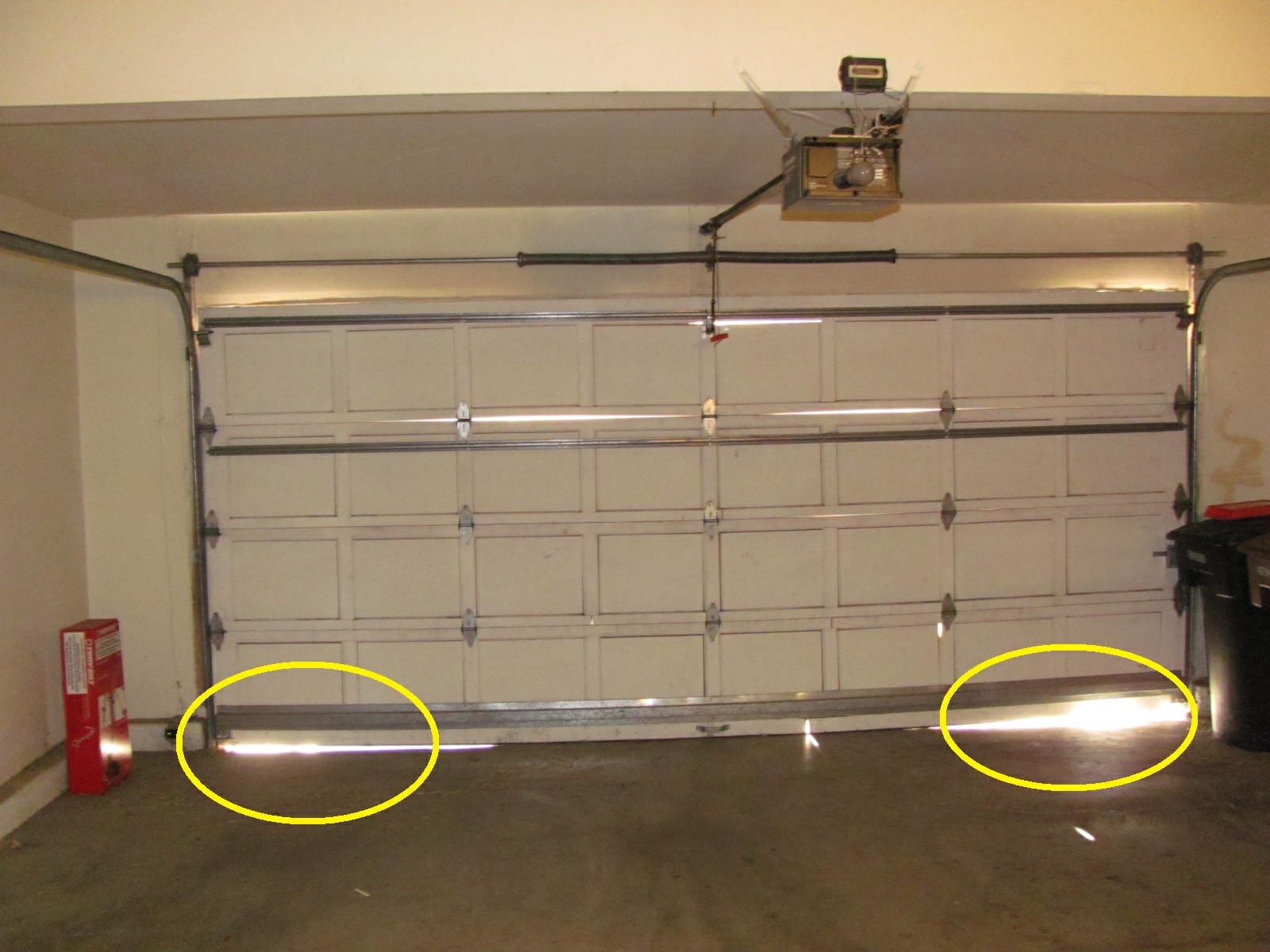

The following steps will teach you how to weatherstrip a door to keep cold drafts from entering your home. Silicone makes an ideal weatherstripping because it’s durable, soft, and has no “compression memory” it remains tight as the door swells and shrinks. Tom prefers a weather seal system that includes a tubular silicone weatherstripping that fits against the doorstop and a twin-fin silicone sweep that fits beneath the door. Caulking to seal the gap between the garage floor and wall Cracks and gaps in your garage not only look bad but also allow water in it. This is a long-lasting solution that keeps the water out from the joints. Hardware stores and home centers sell an array of metal, foam, felt, and plastic products for this purpose. Use Caulk To Seal The Garage Floor And Wall Gaps This process is very effective to seal the gap between the garage floor and the wall. How Do You Seal a Gap in a Door?Īny well-sealed door requires two components: weatherstripping, which covers the sides and top of the door, and a sweep, which fills the space between the threshold and the door bottom. And when you consider that even a tiny 1/8-inch gap around a typical entryway door is the equivalent of drilling a 5 ½-inch-diameter hole through an outside wall, closing that gap is well worth the effort. Continue scraping until all of the old caulk is removed.

Be careful not to strip or chip the paint on the walls. If there’s any old or cracked caulk along the gap, take a utility knife or a putty knife and run the edge along it to scrape it off. It costs approximately $100 for materials and labor to seal a door. 1 Scrape off any old caulk from the gap, if necessary. Fortunately, attaching new weather seals is a straightforward exercise, far cheaper and faster than installing a new door. Hence, you need caulk to seal these cracks and gaps. Water can enter the cracks and enlarge them if the gap is large enough. This is an effective means of closing the deficit. Unfortunately, a door’s weather seals, if it has any at all, can rip, compress, bend, or wear out over time, leaving chilly winter air free to enter (or expensive air-conditioned air to leave). Method 1 Caulking the Gap Caulking is the sealing concrete cracks or gaps between the slab and the wall.


 0 kommentar(er)
0 kommentar(er)
